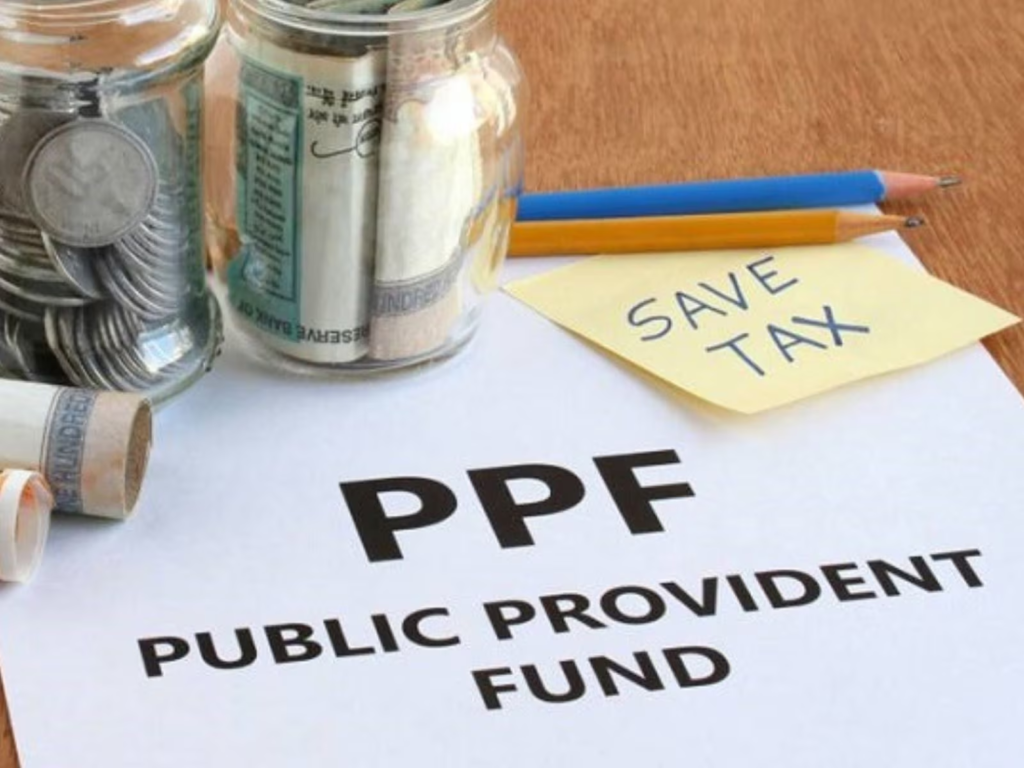Unlocking Financial Growth: Navigating the Benefits of Small Saving Schemes for Smart Investors

In the ever-changing landscape of personal finance, individuals are often on the lookout for avenues that offer both security and growth for their hard-earned money. Small saving schemes have emerged as a popular choice for those seeking a balance between risk and return. These schemes, backed by the government, not only provide financial security but also offer tax benefits, making them an attractive option for investors.
National Saving Certificate (NSC):
Small Saving Schemes : One of the prominent small saving schemes is the National Saving Certificate (NSC). This scheme allows investors to start with a minimum investment of Rs. 1,000 and offers a competitive interest rate. With a lock-in period of 15 years, NSC provides a stable platform for long-term financial planning. Additionally, under Section 80C of the Income Tax Act, investors can enjoy tax benefits on the invested amount.

Public Provident Fund (PPF):
Saving Schemes : The Public Provident Fund (PPF) is another widely popular small saving scheme. Investors can initiate their investment with as little as Rs. 500 and continue to contribute up to Rs. 1.5 lakh annually. PPF offers a fixed interest rate and carries a lock-in period of 15 years. This long-term commitment is rewarded with tax benefits, making it an efficient tax-saving instrument.

Equity-Linked Saving Schemes (ELSS):
Saving Schemes : For those inclined towards market-linked returns, Equity-Linked Saving Schemes (ELSS) present an intriguing option. ELSS allows investors to participate in the equity market while enjoying tax benefits under Section 80C. With a mandatory lock-in period of three years, ELSS encourages a disciplined, long-term investment approach. Monthly investments, starting at approximately Rs. 5,000, make ELSS accessible to a broad spectrum of investors.

Kisan Vikas Patra (KVP):
Saving Schemes : The Kisan Vikas Patra (KVP) offered by the postal department is a secure savings avenue. Investors can start with a minimum investment of Rs. 1,000, and the scheme currently offers an interest rate of 6.9%. With a lock-in period of 2.5 years, KVP allows investors to grow their savings while enjoying a fixed return. This small saving scheme also provides tax benefits to investors.

Senior Citizens Savings Scheme (SCSS):
Small Saving Schemes : Designed specifically for senior citizens, the Senior Citizens Savings Scheme (SCSS) caters to the financial needs of retirees. With a competitive interest rate and a five-year lock-in period, SCSS allows individuals above the age of 60 to secure their post-retirement income. Investors can contribute up to Rs. 15 lakh, and the quarterly interest payments provide a regular income stream. Additionally, investments in SCSS qualify for tax benefits under Section 80C.
Benefits of Small Saving Schemes:
- Safety and Security: Small saving schemes are backed by the government, offering a high level of safety and security for investors. This makes them an ideal choice for risk-averse individuals who prioritize the safety of their investments.
- Tax Benefits: One of the significant advantages of small saving schemes is the tax benefits they provide. Under various sections of the Income Tax Act, investors can claim deductions on the amount invested, reducing their overall tax liability.
- Fixed Returns: Many small saving schemes offer fixed returns, providing a predictable income stream for investors. This feature is particularly appealing to those seeking stable and assured returns on their investments.
- Long-Term Financial Planning: With lock-in periods ranging from a few years to over a decade, small saving schemes encourage a long-term financial planning mindset. This disciplined approach can help individuals meet specific financial goals, such as education expenses, home purchase, or retirement planning.
Small Saving Schemes : While small saving schemes offer several benefits, it’s essential to be aware of their potential disadvantages. One significant drawback is the relatively lower returns compared to riskier investment options like stocks or mutual funds. Small saving schemes often provide conservative interest rates, which might not keep pace with inflation, leading to a decline in real returns over time.
Another limitation is the lock-in period associated with certain schemes. For instance, Public Provident Fund (PPF) and Senior Citizens Savings Scheme (SCSS) have extended lock-in durations. Premature withdrawals can result in penalties or loss of accrued interest, limiting liquidity and flexibility for investors.
Moreover, the interest rates in small saving schemes are subject to periodic revisions, influenced by market conditions and government policies. This can lead to uncertainty regarding future returns and make it challenging for investors to plan effectively.
Additionally, the tax benefits offered by these schemes may have limitations. While they often provide tax deductions on investments, the interest earned may be taxable, impacting the overall tax efficiency of the investment.

Conclusion:
Small saving schemes play a crucial role in the financial landscape, offering a blend of safety, stability, and tax benefits. Investors should carefully assess their financial goals, risk tolerance, and investment horizon before choosing the most suitable scheme. By leveraging the benefits of small saving schemes, individuals can pave the way for a secure and prosperous financial future. Whether it’s the NSC, PPF, ELSS, KVP, or SCSS, each scheme brings its unique advantages to the table, making them valuable tools in the hands of conscientious investors.





